Indonesia, an archipelago country with a rich cultural heritage, diverse traditions, and breathtaking historical landmarks. For travelers eager to explore and immerse to the nation’s history, Indonesia’s historical cities offer unique glimpse into the past.
Many of these cities offer varieties of story from ancient temples to colonial era structures that reflect the nation’s rich history. Amidst the rise of modern architectures across the nation, many of these cities blend historical charm with contemporary buildings. Here are some top picks for history enthusiasts and curious travelers.
Jakarta
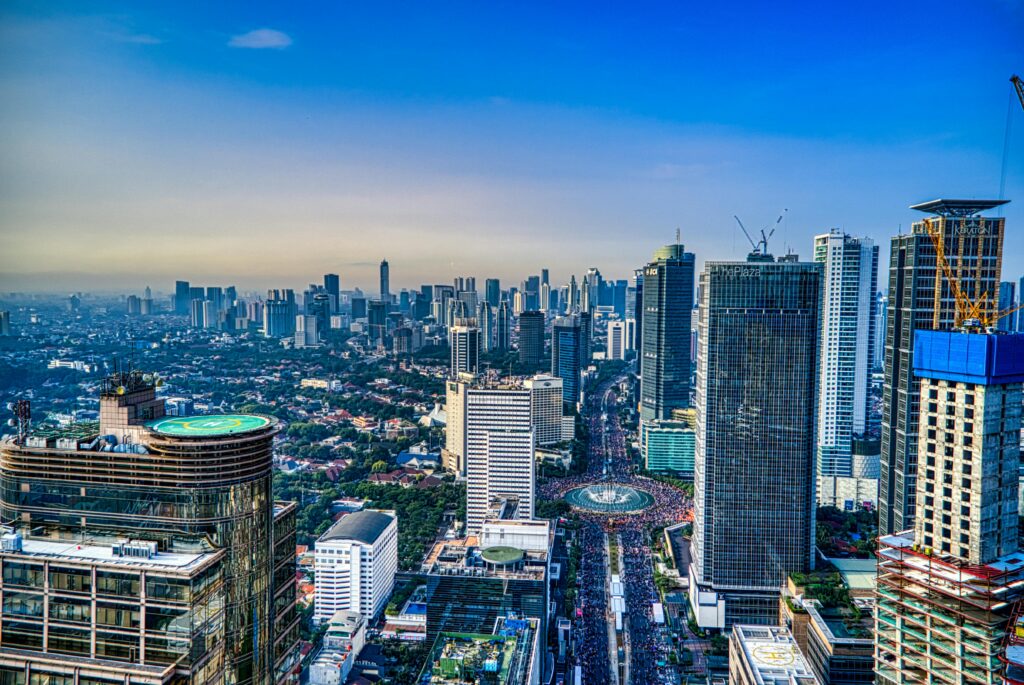
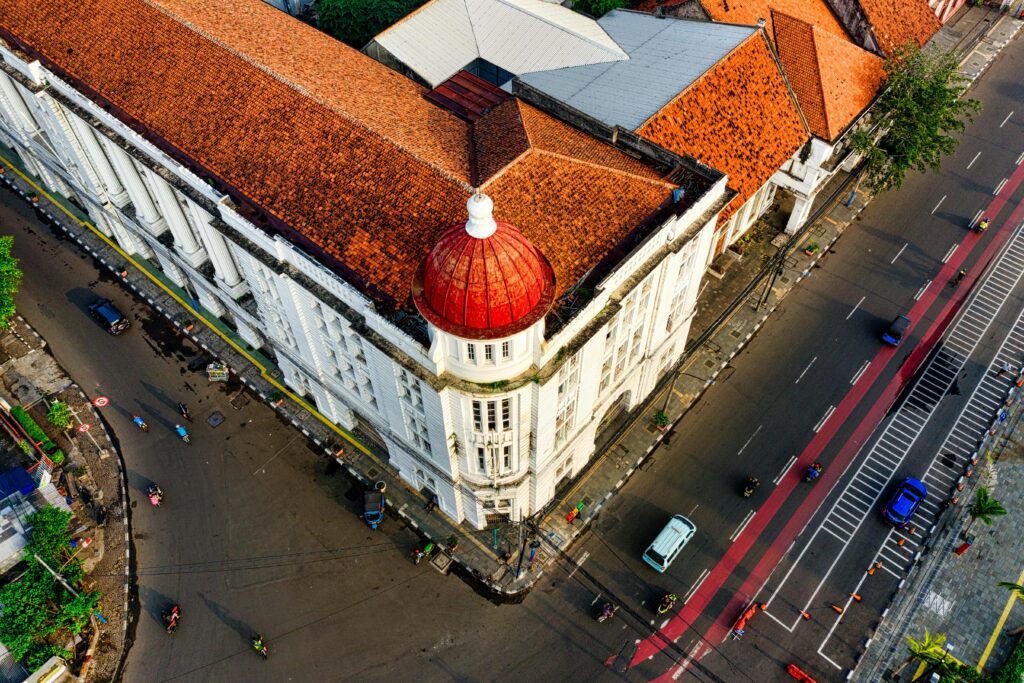
With a history of more than 400 years, Jakarta possess a rich history that dates back centuries. Originally a small port town known as Sunda Kelapa, it became key trading port for the Hindu Padjajaran Kingdom in the 14th century.
In 1527, the Demak Sultanate under Fatahillah captured the port from the Portuguese control. To honor the great victory, the city was renamed Jayakarta which literally translate as complete victory. However, the Dutch conquered the city back in the 17th century, where they transformed the city to Batavia and made it the colonial capital of Dutch East Indies.
The colonial period saw the city flourish as a center of commerce, colonial administration, and cultural exchange. After Indonesia gained its independence in 1945, Batavia was renamed Jakarta. It served as the nation’s capital and the center of Indonesia’s political, economic, and culture of Indonesia.
Today, Jakarta is a sprawling metropolis blending history with modernity. The city became home to attractions like National Monument (Monas), Jakarta’s old town (Kota Tua), Gelora Bung Karno stadium, grandeur shopping malls, and many more.
Makassar
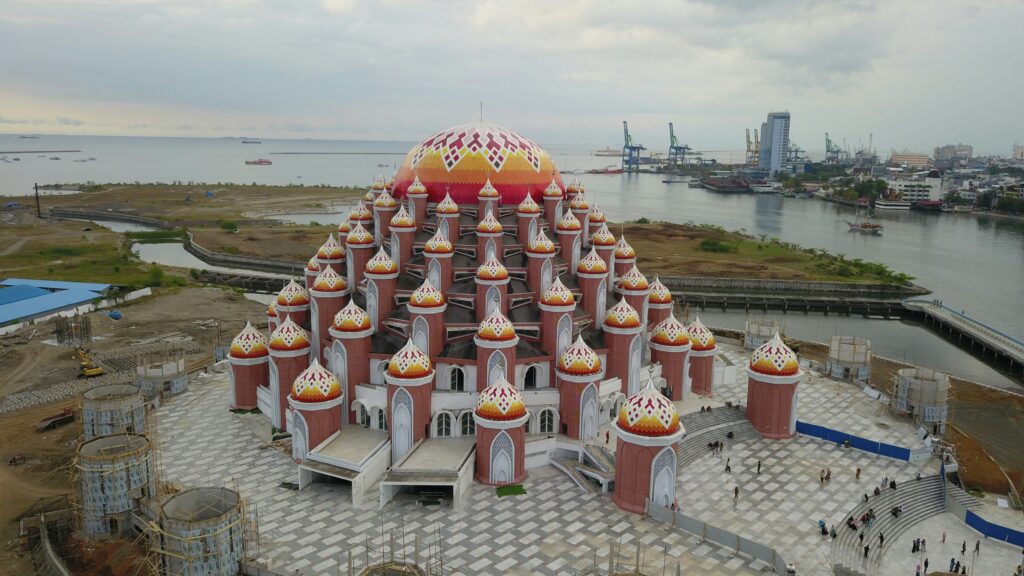
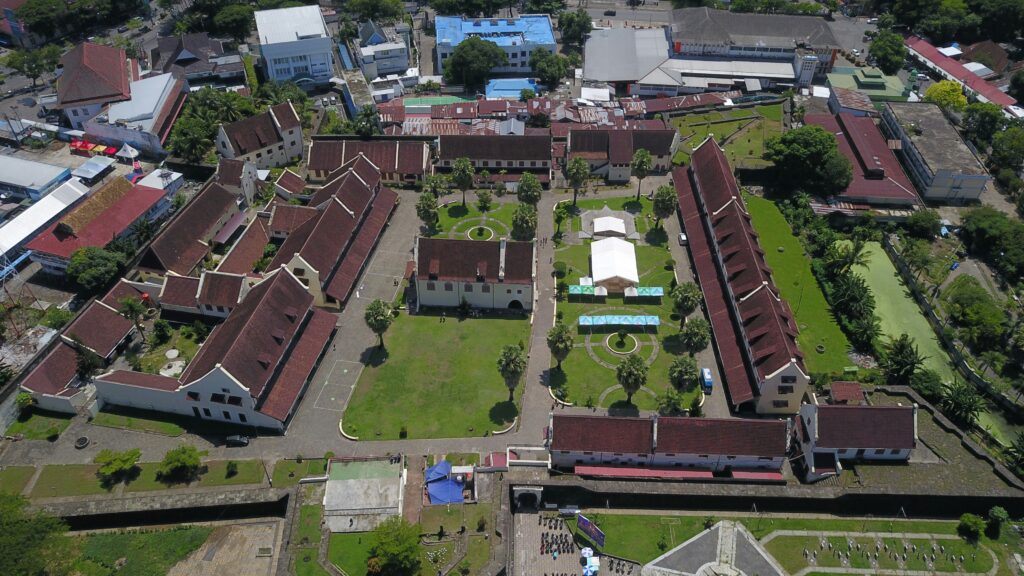
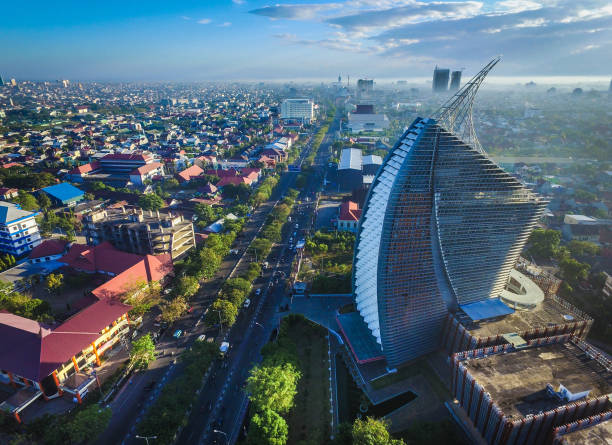
Makassar, the capital of South Sulawesi province, possess a rich culture and history. The city previously known as Ujung Pandang and emerged as an important port city due to its strategic location. During the 14th and 16th century, Makassar became a spice hub trade that attracted Chinese, Indian, and Middle Eastern merchants.
The local kingdoms of Gowa and Tallo ruled the area and shaped the city’s culture and politics. In the early 17th century, these kingdoms transformed Makassar into an important islamic center. Similar with other major cities in Jakarta, the Dutch played an influential role in shaping Makassar after a battle in 1667.
Under the Dutch rule, Makassar evolved into a cosmopolitan city. It became a melting pot of cultures that combine the Bugis, Makassarese, Toraja, Chinese, and Malay cultures. Today, many visitors came to Makassar for their culinary delights like Coto Makassar and Konro. Additionally, some historical landmarks like Fort Rotterdam and Fort Somba Opu stand as enduring symbols of Makassar’s rich history.
Bandung
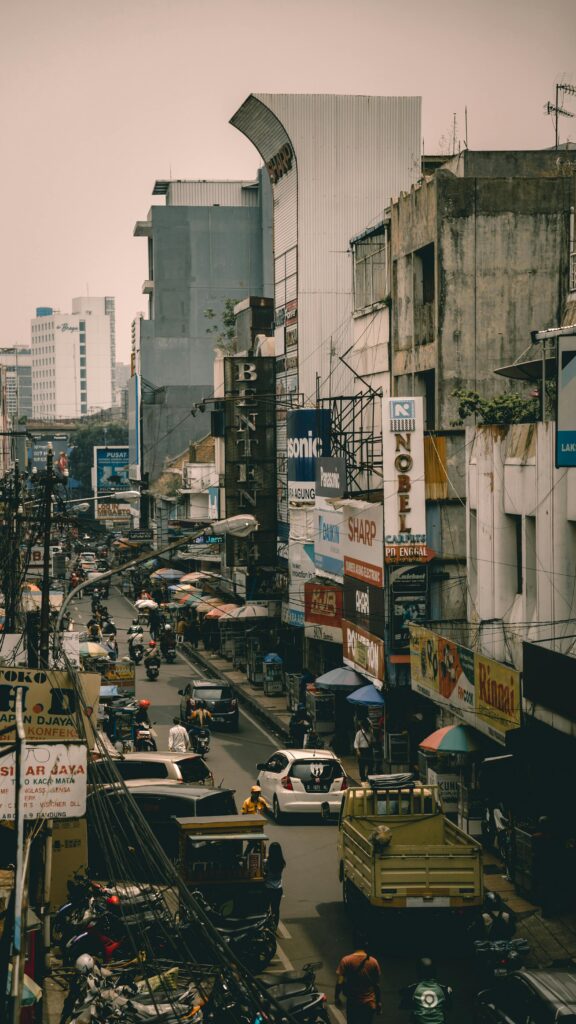
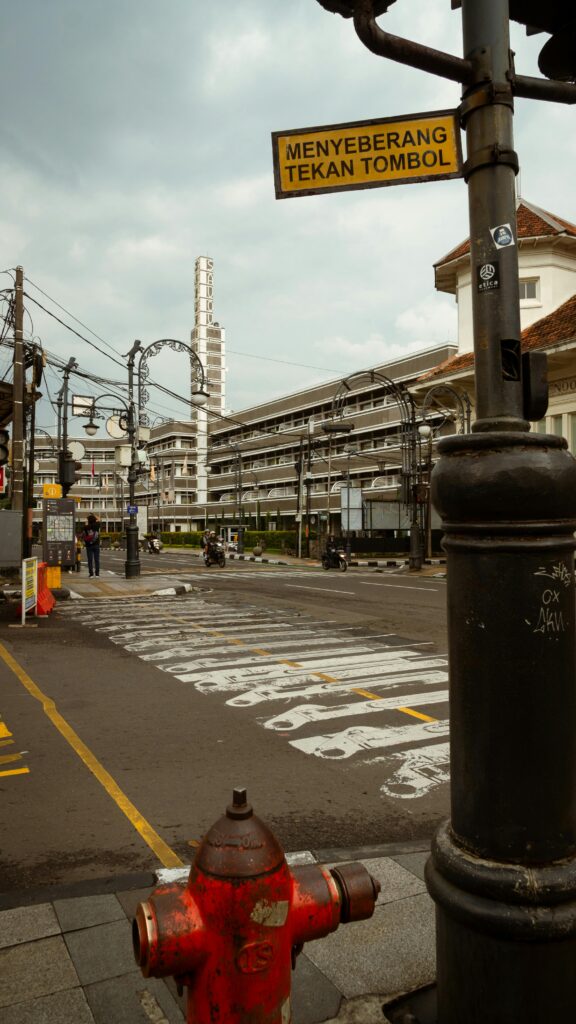
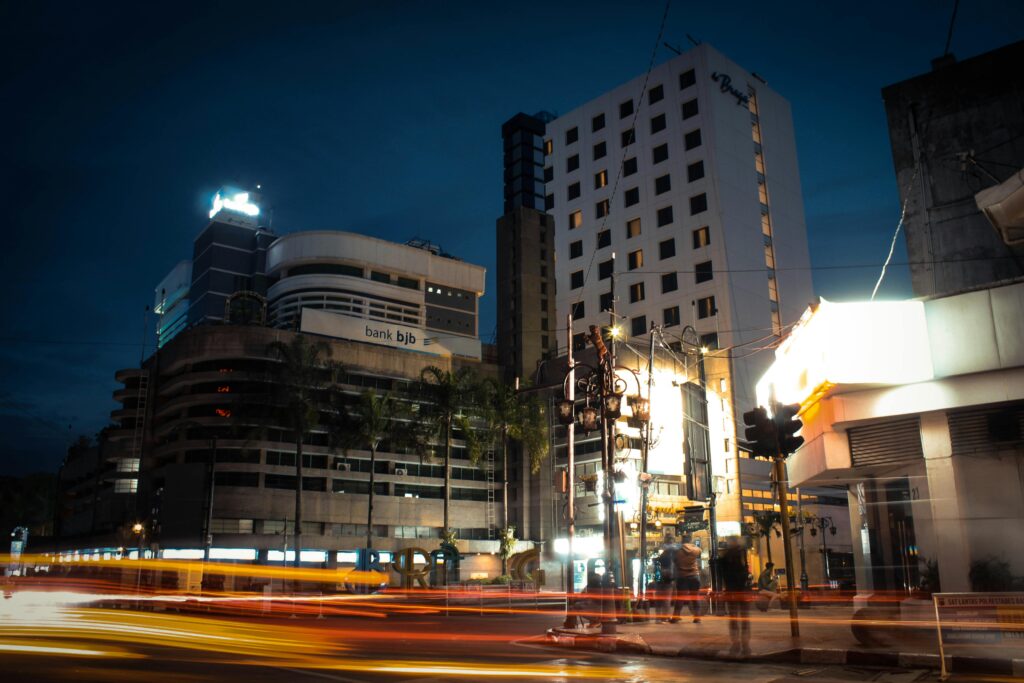
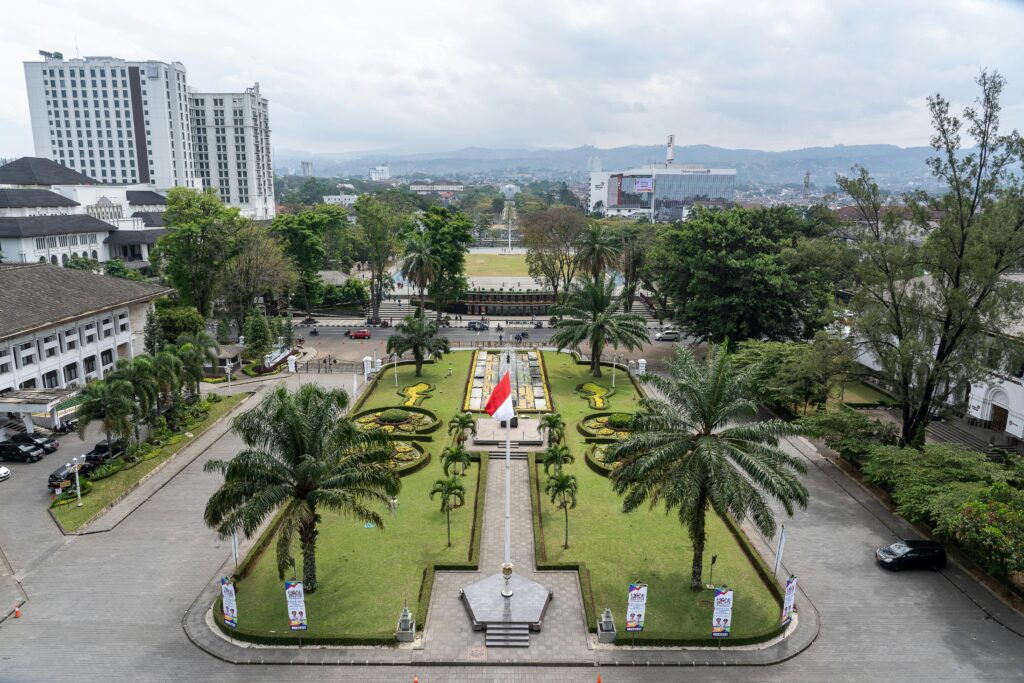
Bandung famously known as “Paris van Java” or the Paris of Java due to its natural beauty, colonial influence, and cultural significance. Many believed that the Dutch started the construction of the city. After the Dutch government built a road that connects Batavia to Cirebon, the city of Bandung grew rapidly.
The development of Bandung made the newly established road as a vital trade route and administrative hub. In the early 20th century, the Dutch chose Bandung as a colonial resort town. Due to its location in a highland landscape, many European population chose Bandung as a retreat from the tropical heat.
In later years, the Dutch completed many construction of famous landmarks like the Gedung Sate and Grand Preanger hotel. After Indonesia’s independence, Bandung gained international recognition when its hosted the Asian-African conference in 1955. This event promoted decolonization movement, where leaders from Asian and African countries promote solidarity against colonialism and imperialism.
Today, Bandung is celebrated for its culture, vibrant art scenes, fashion industry, tech industry, and educational institution. Like many Indonesian cities, Bandung successfully mix its historical charm with modern innovation.
Surabaya
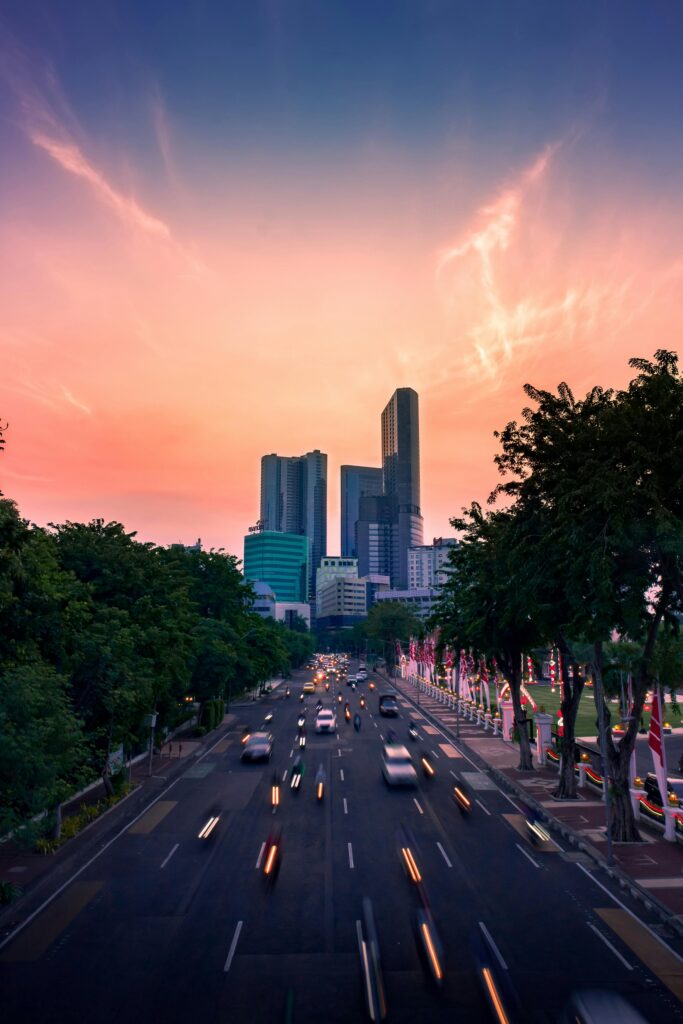
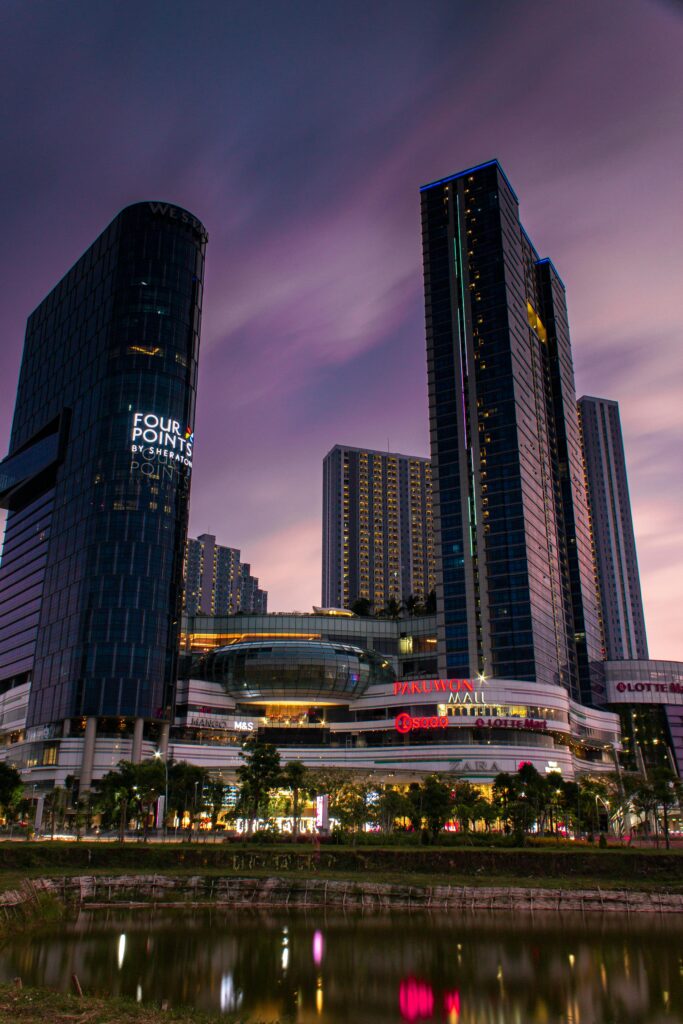
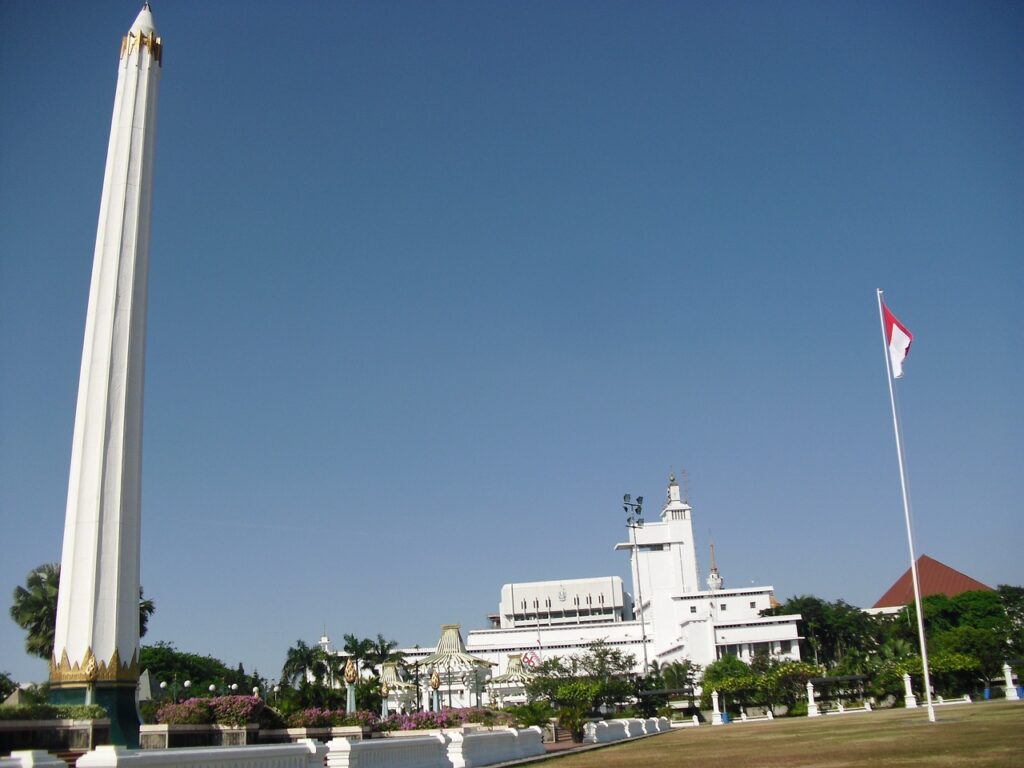
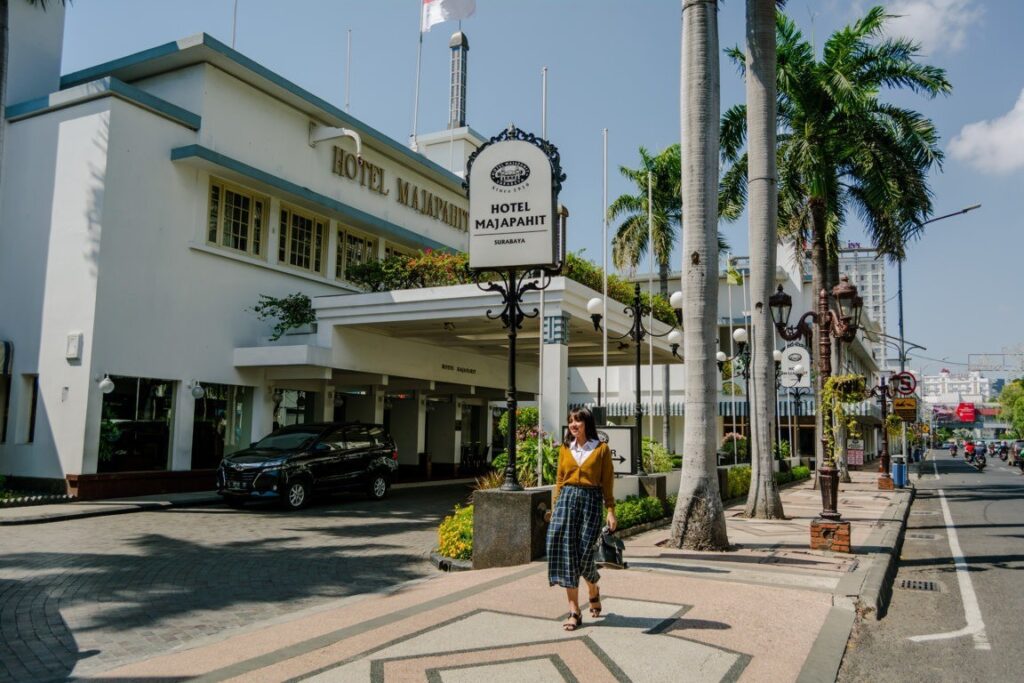
Known as Indonesia’s second-largest city, possess a long and rich history. In the early 13th century, the Majapahit kingdom used the city as a port that links trade route across Southeast Asia. After the fall of Majapahit, Surabaya became a significant islamic state that contributes to the spread of Islam in Java.
After the Dutch took control of Surabaya, the Dutch created Surabaya as an important economic hub due to its strategic port location. From the colonial era to modern-day Indonesia, Surabaya actively facilitates trade that connect Indonesia to the global market.
After Indonesia gained its independence, the city played a crucial role in protecting Indonesia’s independence from the Dutch and the British. The city became the symbol of resistance during the famous battle of Surabaya in November 1945.
The Indonesian lost much of their manpower and weaponry during this battle, which hamper the independence struggle. The fierce resistance against the British and the Dutch brought international attention to the struggle. As a result, it highlighted Indonesia’s willingness for freedom and increasing diplomatic pressure on colonial powers.
Today, Modern-day Surabaya known as a major economic and commercial hub of Indonesia. It serves as the capital of East Java and became a key center of trade, industry, and education in the region. Moreover, Surabaya became a melting pot of many cultures, notably a vibrant mix of Javanese cultures with the Arab world, Chinese, India, and Malay cultures.
Denpasar
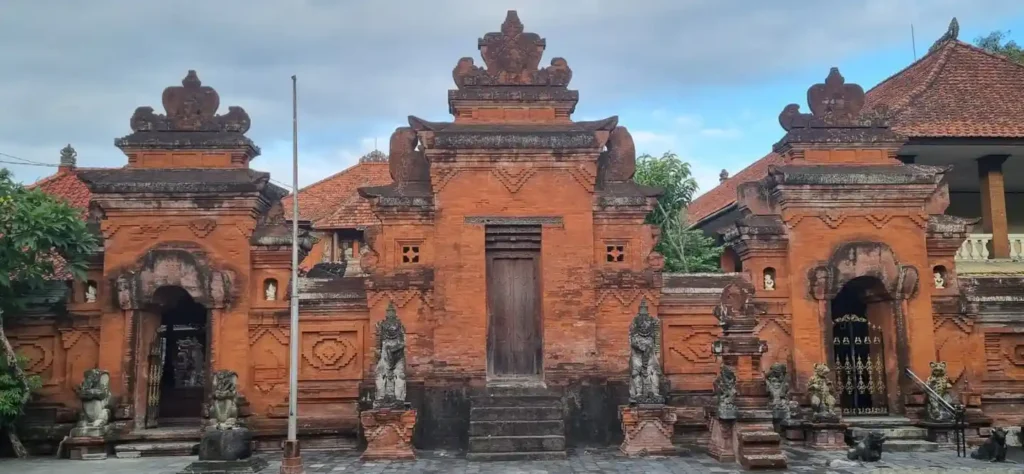
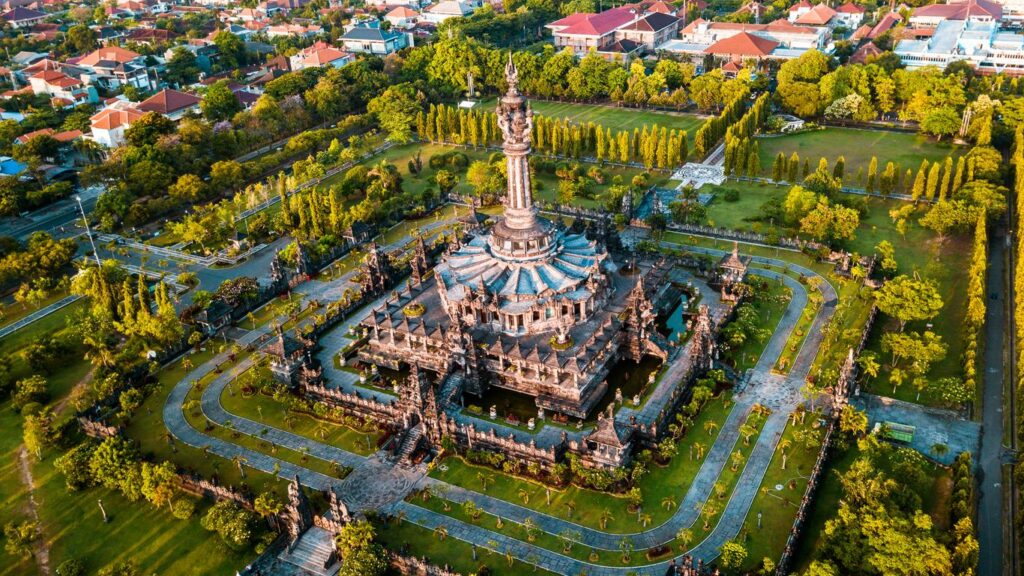
Denpasar, the capital of Bali was initially a small village with no major influence in the island. However, the Kingdom of Badung chose Denpasar as the seat of their kingdom in the 18th century. The royal palace, Puri Pemecutan became important part the kingdom’s administration and culture life.
The history of Denpasar took a dramatic turn in 1906, especially during the Dutch invasion of the island. The kingdom of Badung launched a Puputan, a mass ritual suicide by the royal family in Denpasar as a final act of resistance agains the Dutch forces. After the battle, the royal palace was looted and razed by the Dutch forces. To commemorate this battle, the government constructed a puputan monument located at Denpasar’s central square.
After Indonesia’s independence, the new republic chose Denpasar as the central seat of Bali’s government. Denpasar experienced a rapid growth in physical, economic, social, and cultural growth. Today, Denpasar has evolved into the center of tourism, commerce, and education in Bali. Despite massive modernization, Denpasar still able to preserve its historical significance and cultural heritage to this day.
Yogyakarta

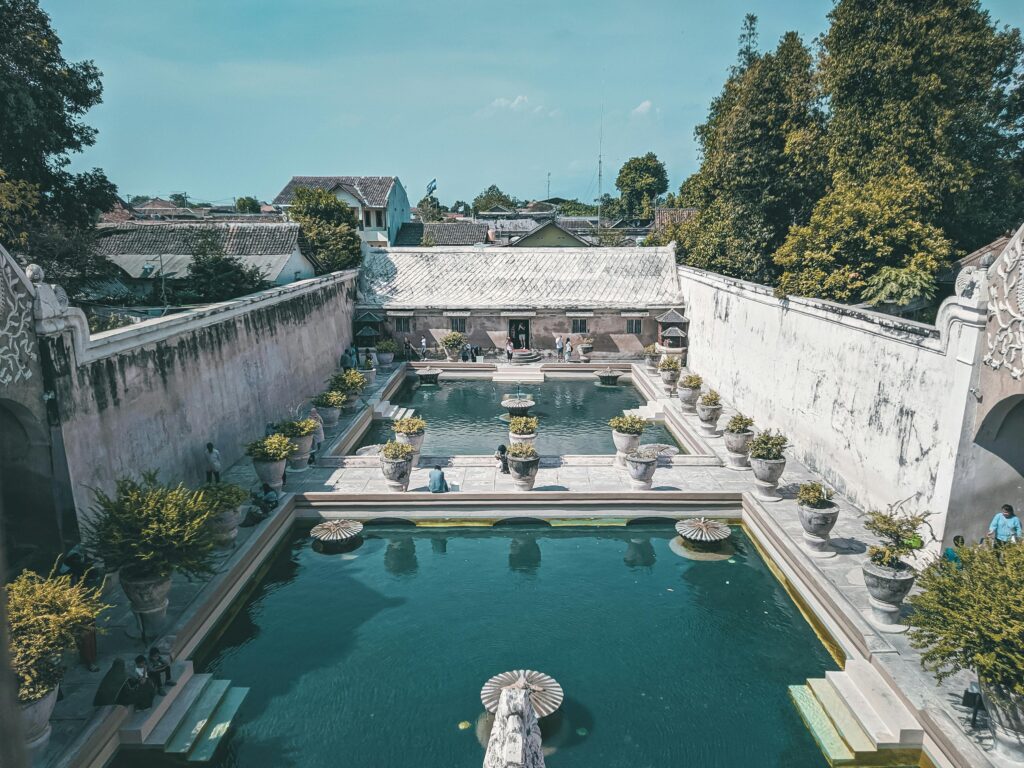
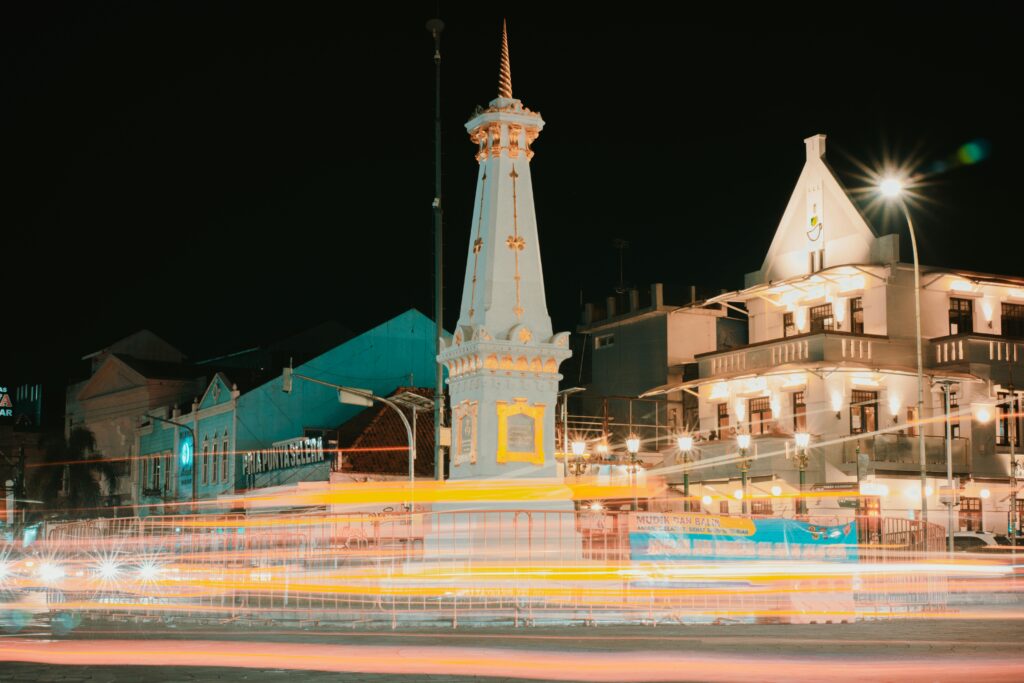
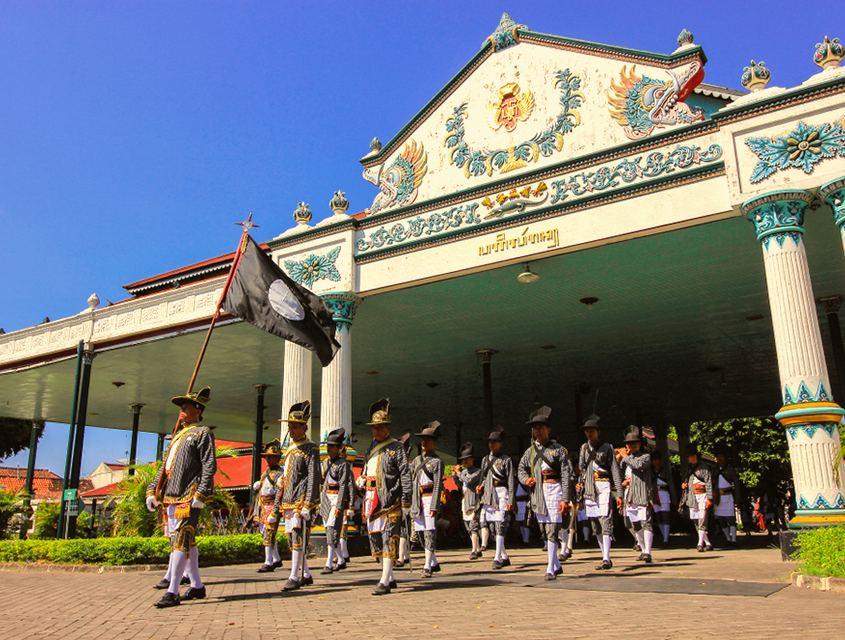
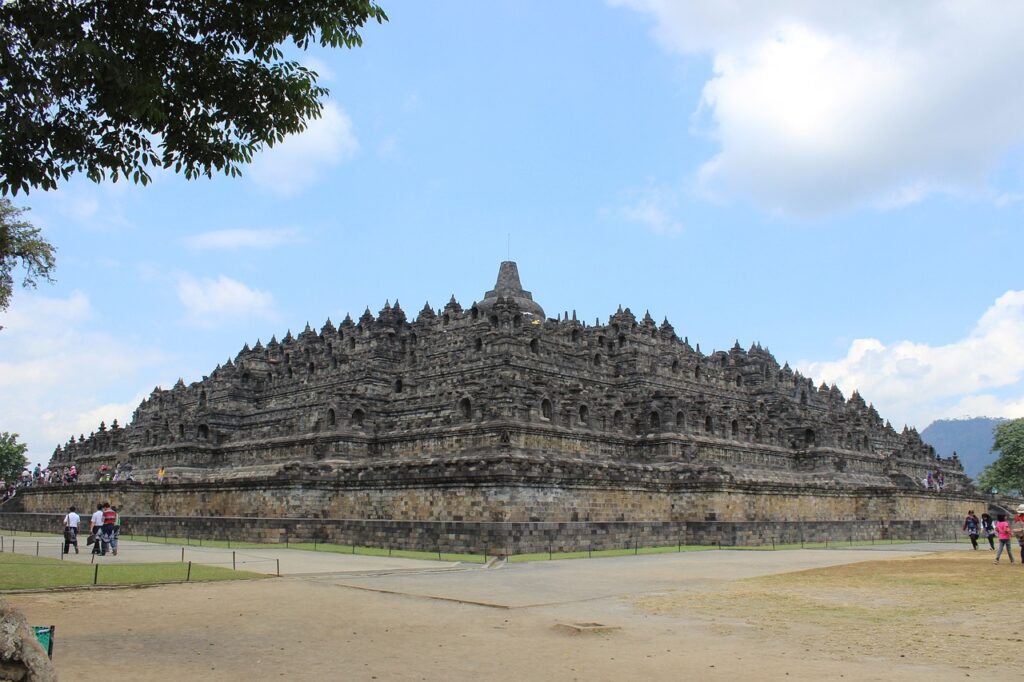
The city of Yogyakarta has a deep historical root with the sultanate of Yogyakarta in 1755, which emerged from the division of the once-unified Mataram kingdom. The Yogyakarta sultanate made the city as a center of Javanese culture, with the royal palace (Kraton Yogyakarta) as its central seat, symbolizing Javanese power and spirituality.
During the Indonesian struggle of independence, Yogyakarta played an important role where it serves as the country’s temporary capital from 1946 to 1949. During the independence struggle, Sultan Hamengkubuwono IX lead the residents of Yogyakarta in resisting the Dutch and supported the independence movement. This act earned Yogyakarta a special place in Indonesia’s rich history.
Today, Yogyakarta celebrated for its traditional arts, crafts, culture, tourism, and academic institution as a home to famous Gadjah Mada University. Many historical landmarks like Kraton Yogyakarta and Taman Sari water castle still standing to this day. In addition, UNESCO world heritage sites like Borobudur and Prambanan temple are still nicely preserve to this day.
Despite modernization across Indonesia, Yogyakarta possess massive similarity like Denpasar, where the city residents successfully preserve its traditional charm. Due to its success, the city became a beloved destination for both domestic and international visitors.
Reference
https://www.jogjakota.go.id/page/sejarah-kota
https://surabayaterkini.com/sejarah-kota-surabaya-simak-yuk/
https://www.oldest.org/geography/oldest-cities-in-indonesia/
